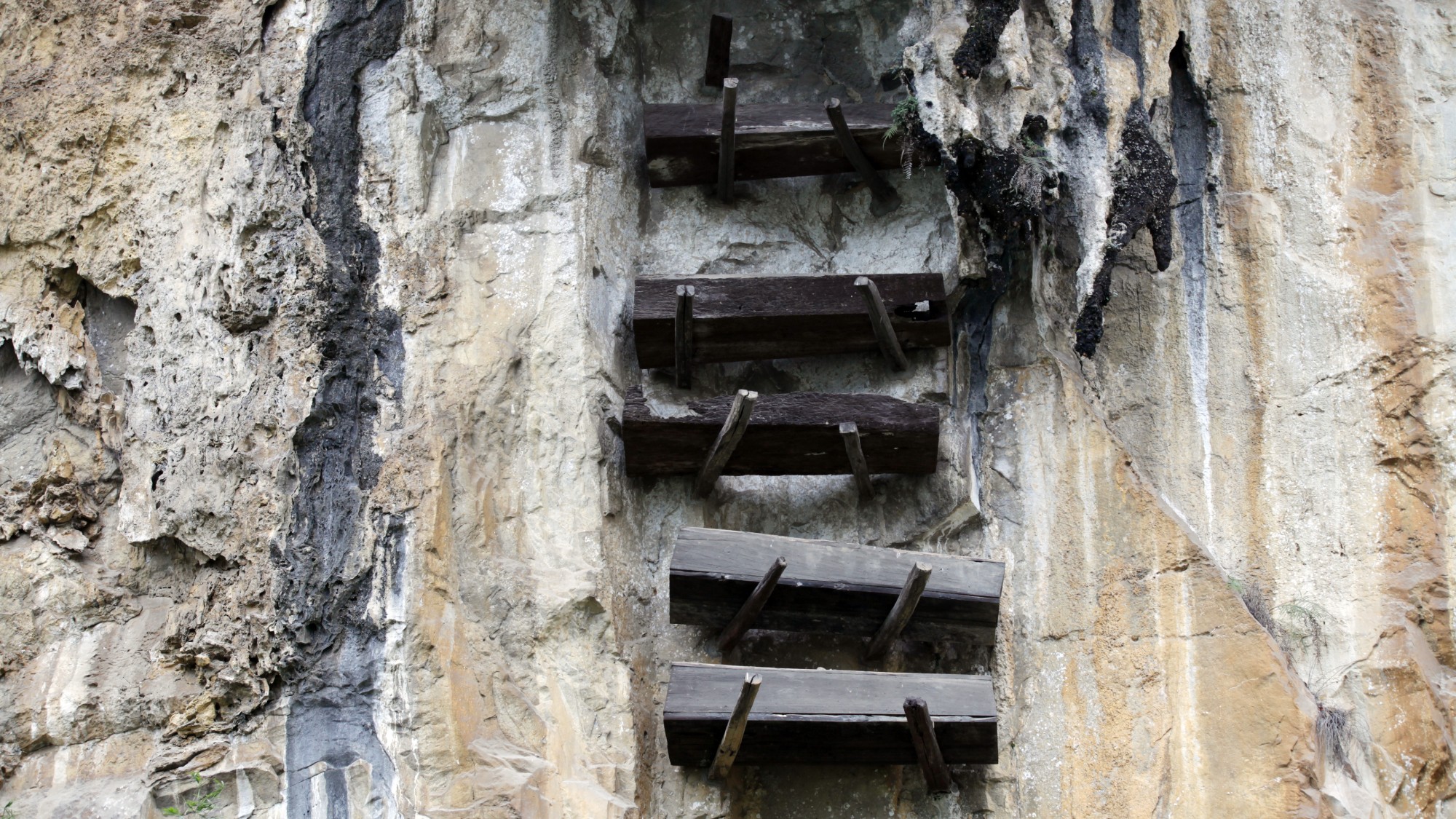Stanley Kubrick
There’s enough movie memorabilia in LACMA’s retrospective “to satisfy the most obsessive Kubrick-phile.”
Los Angeles County Museum of Art
Through June 30
Nearly every one of Stanley Kubrick’s films “stamped images into the cultural landscape,” said Doug Cummings in LA Weekly. Dr. Strangelove gave us Slim Pickens rodeo-riding an atomic bomb into oblivion. In 2001: A Space Odyssey, we got prehistoric men banging animal bones against a black monolith. The Shining brought us Jack Nicholson’s maniacal “Here’s Johnny!” grin. “Within the pantheon of idiosyncratic American film artists,” Kubrick (1928–99) was “unusually successful at capturing the public’s attention,” and LACMA’s dynamic retrospective plunges visitors into a forest of startling imagery. They’ll see both a mini re-creation of the War Room in Strangelove and replicas of the erotic mannequins in A Clockwork Orange. A “highlight” is the collection of Kubrick’s personal camera equipment, including “the enormous, NASA-designed lenses that allowed him to film the painterly, candlelit interiors of his masterful Barry Lyndon.”
The Week
Escape your echo chamber. Get the facts behind the news, plus analysis from multiple perspectives.

Sign up for The Week's Free Newsletters
From our morning news briefing to a weekly Good News Newsletter, get the best of The Week delivered directly to your inbox.
From our morning news briefing to a weekly Good News Newsletter, get the best of The Week delivered directly to your inbox.
There’s enough movie memorabilia here “to satisfy the most obsessive Kubrick-phile,” said David Ng in the Los Angeles Times. But the show also focuses on Kubrick’s engagement with other visual arts. A onetime magazine photographer, Kubrick tore up every art book he owned looking for images to use onscreen. A still of the creepy Grady siblings from The Shining bears an “undeniably strong resemblance” to Diane Arbus’s photo Identical Twins (1967). Nearby stands a black John McCracken plank sculpture that seems a clear antecedent for 2001’s monolith. Robert Rauschenberg’s Cold War–themed Sky Garden (1969), created five years after Dr. Strangelove, bears that film’s imprint, suggesting that influence was a two-way street.
A free daily email with the biggest news stories of the day – and the best features from TheWeek.com
-
 The curious history of hanging coffins
The curious history of hanging coffinsUnder The Radar Ancient societies in southern China pegged coffins into high cliffsides in burial ritual linked to good fortune
-
 The Trump administration says it deports dangerous criminals. ICE data tells a different story.
The Trump administration says it deports dangerous criminals. ICE data tells a different story.IN THE SPOTLIGHT Arrest data points to an inconvenient truth for the White House’s ongoing deportation agenda
-
 Ex-FBI agents sue Patel over protest firing
Ex-FBI agents sue Patel over protest firingspeed read The former FBI agents were fired for kneeling during a 2020 racial justice protest for ‘apolitical tactical reasons’